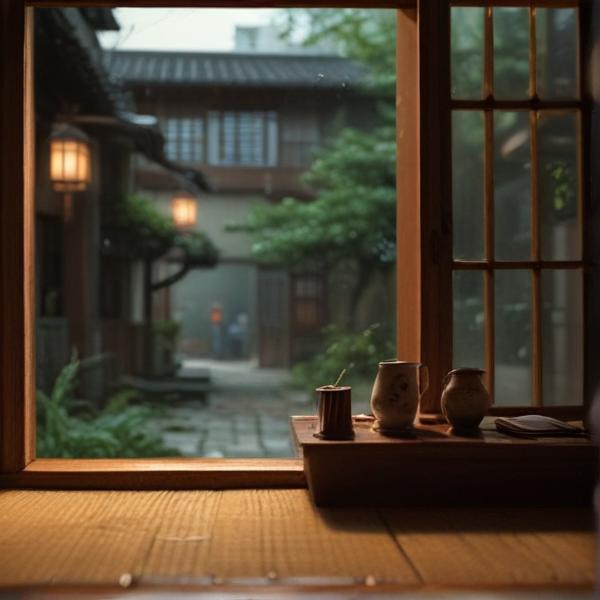基本信息 (Basic Information)
含义与用法 (Meanings & Usage)
中文核心释义 (Core Chinese Meaning): 末端,结束,最后的部分
英文核心释义 (Core English Meaning): end, tip, final part
象形意义 / 为何这么写 (Pictographic Meaning / Writing Rationale)
文言文释义 (Classical Chinese Meaning)
与现代意义相近,常用于表示事物的末尾、终点,也用于时间或排名最后。Similar to modern meaning; often denotes the end, extremity, or the last in time or order in Classical Chinese.
深入学习 (In-depth Study)
字源故事 (Origin Story)
字形演变 (Character Evolution)
常用词语和例句 (Common Words & Examples)
周末 (weekend)
我周末喜欢去公园散步。
Eng: I like to take a walk in the park on weekends.
末尾 (end, ending, tail)
请在文章末尾签名。
Eng: Please sign at the end of the article.
末日 (doomsday, the last day)
有些人害怕末日的到来。
Eng: Some people fear the coming of doomsday.
相关成语 (Related Idioms)
相关成语信息待补充。Related idiom information pending.
多语言翻译 (核心释义) (Translations (Core Meaning))
- French: fin, extrémité
- German: Ende, Spitze
- Spanish: fin, extremo
- Italian: fine, estremità
- Portuguese: fim, extremidade
- Russian: конец, край
- Arabic: نهاية، طرف
- Persian: پایان، انتها
- Dutch: einde, uiteinde
- Polish: koniec, koniuszek
- Vietnamese: cuối, đầu mút
- Ukrainian: кінець, край
视频学习资源 (Video Learning Resources)
通过以下链接在热门视频网站搜索 "末" 的更多讲解:
Search for more explanations of "末" on popular video sites:
- 在 Bilibili.com 搜索 "末 字源 说文解字" (Search on Bilibili)
- 在 YouTube.com 搜索 "末 character origin etymology" (Search on YouTube)
网络参考 (Web References for "末") ()
网络内容摘要 (Web Content Summary):
```html“末”是一个指事字,其核心含义为“末端”、“尾部”或“结束”,常用于表示事物的最后部分。 “末” is an ideographic character, mainly meaning "end," "tip," or "final part," and is often used to indicate the last part of something.
在汉字起源中,“末”最初象形为一棵树,在树梢的位置加上一横,表示树的顶端或末端,与表示树根的“本”正好相反。 In its origin, "末" was depicted as a tree with a horizontal line added to the top, showing the tip or end of the tree—opposite in meaning to "本," which indicates the root.
- 易混淆点:“末”常与“未”、“本”混淆,其中“末”指顶端或结尾,“未”表示还没有到来(not yet),而“本”指根部或本源。 Confusion: "末" can be confused with “未” (not yet) and “本” (root/origin). "末" means the end or tip, “未” means not yet, and “本” means the root or origin.
- 常用相关词语:末尾 (ending), 期末 (end of term), 末日 (doomsday), 周末 (weekend)。 Common words: 末尾 (ending/tail), 期末 (end of an academic term), 末日 (doomsday), 周末 (weekend).
细说汉字:末 - 漢文化 - 通識 - 漢典
其实"本"与"末"也正是完全相反的两个字。 金文①也是木(树),上部为树头,下部为树根,在树梢上加一小短横(指事符号),就表示这里是树梢(梢:即有"末"义)。
【末,秣,韎】的甲骨文金文篆文字形演变含义 - 甲骨文研究网 甲骨文密码字典 在线甲骨文字典研究 - 甲骨文研究网 甲骨文密码字典 在线甲骨文 ...
"木"是象形字,甲骨文像一株树,上部是枝下部是根;"本"是指事字,金文在树根部位加三点,表示树在地下的营养器官;"末"是金文在树梢部位加一点,表示尾端;"未"是甲骨文在树梢上部再加一重枝桠,表示枝叶茂盛;"朱"是甲骨文在主杆部位加一点,表示树杆 ...
更多图片 (末 More Images) ()
